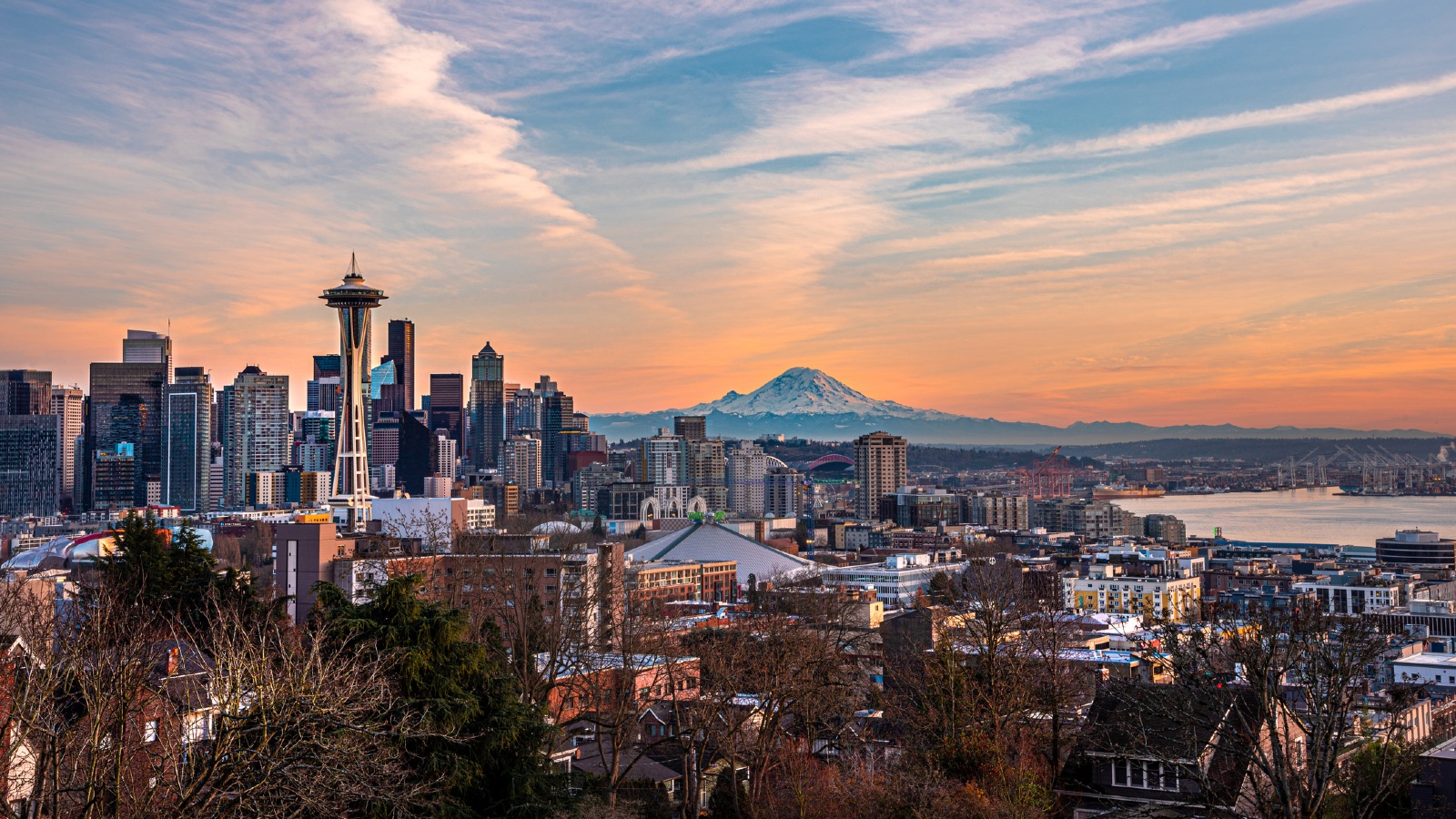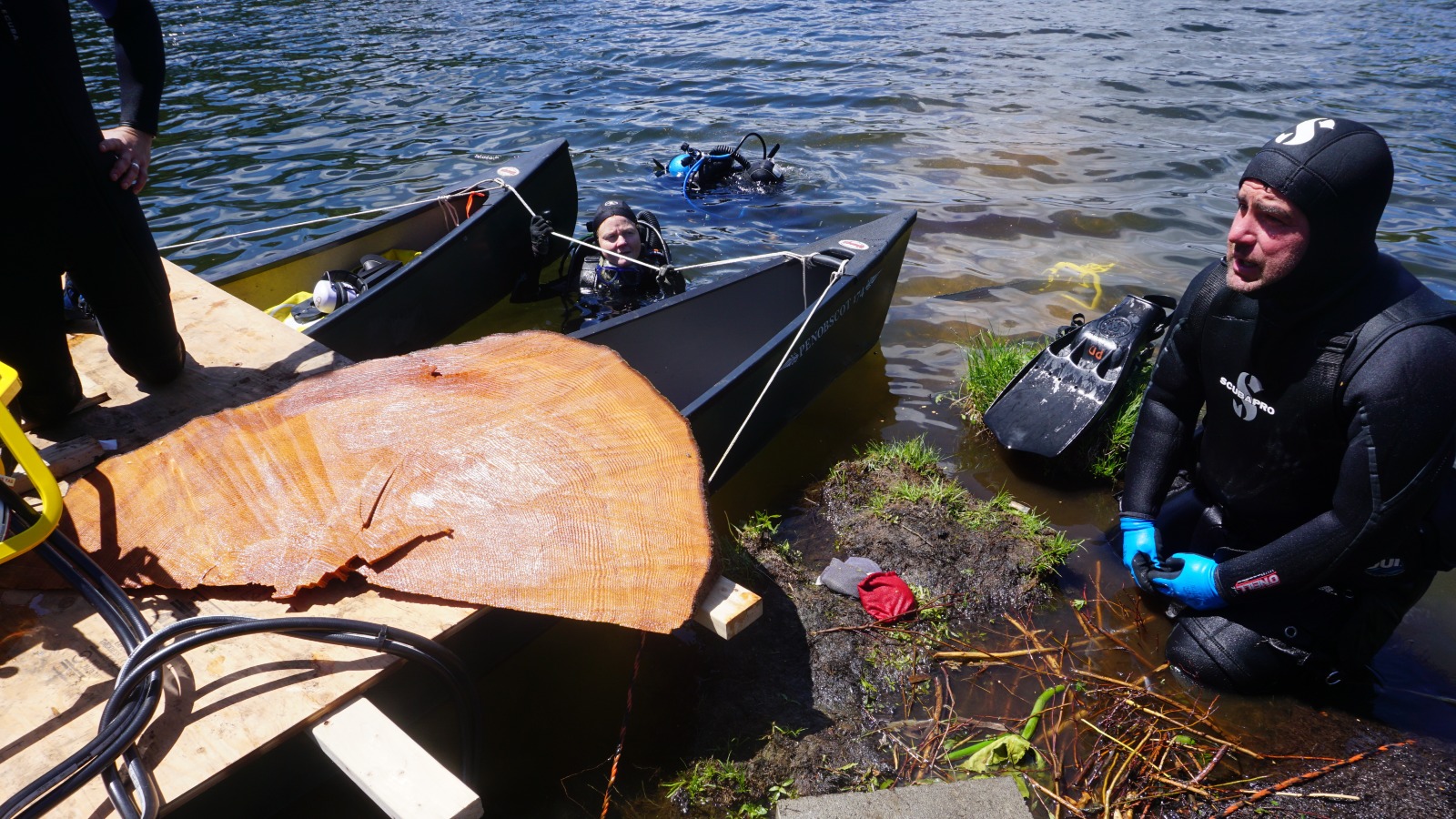Simultaneous rupture of faults triggered massive earthquake in Seattle area 1,100 years ago — and it could happen again
Fossilized tree analysis finds a single massive earthquake may have rocked what is now Seattle around 1,100 years ago rather than several smaller quakes, and that another equally powerful one could hit the city in the future.
The Seattle region may have been hit with a massive, magnitude 7.8 earthquake 1,100 years ago after a series of hidden faults ruptured simultaneously, a new study suggests. That is much more powerful than current warnings suggest is possible from the same fault zones.
Researchers have known for a long time that Puget Sound, an area that contains Seattle, Tacoma and Olympia, was rocked by massive quakes in the past. Geological evidence suggests these tremblers rumbled sometime between 900 and 930 A.D. and had magnitudes in the low 7s. The current best guess is that there were at least two major quakes during this time, one resulting from the Seattle Fault Zone (SFZ), located beneath and around the city, and another from the Saddle Mountain Fault Zone (SMFZ) in southwest Washington.
But in a new study published Sept. 27 in the journal Science Advances, researchers analyzed the fossilized remains of trees killed by the quakes and found that each fault zone likely ruptured simultaneously, or at least within a very short space of time of one another. If the zones did break apart at the same time, the resulting quake would have been more powerful than any other past simulation has predicted.
This could have big implications for the 4 million people currently living in Puget Sound, researchers wrote. Current warning models should be updated to account for a similarly powerful earthquake hitting in the future, they added.
Related: How big is the largest possible earthquake?
In the study, the researchers analyzed fossilized Douglas fir (Pseudotsuga menziesii) trees from six sites across Puget Sound. The team estimated when the trees died by combining tree ring counts and radiocarbon dating. The trees in the SFZ and SMFZ likely died within a six-month period, sometime between 923 and 924 A.D., the analysis found.
This timeframe suggests that the quakes were caused by the same tectonic plate movements, increasing the likelihood that they occurred simultaneously. If they did not, then the researchers suspect that each individual earthquake would have had a magnitude somewhere between 7.3 and 7.5.
Get the world’s most fascinating discoveries delivered straight to your inbox.
This may not seem too much weaker than the potential 7.8 magnitude quake — but earthquakes are measured on a logarithmic scale, meaning that a magnitude 8 is 10 times more powerful than a magnitude 7, and so forth.
The SFZ and SMFZ are both very shallow, which means they can be very destructive, similar to the fault lines responsible for the devastating earthquakes in Turkey and Syria in February.
Related: The 20 largest recorded earthquakes in history
A simultaneous rupture would likely have caused the most powerful quake the region's faults are capable of producing, the researchers wrote. If both zones were to simultaneously rupture again then there is every chance that it could be repeated, they added.
This is not the only discovery about the Puget Sound fault zones to emerge this year. In March, researchers from the catastrophe modeling company Temblor discovered evidence on Bainbridge Island near Seattle that suggests a major quake could have hit Puget Sound as recently as around 200 years ago, although it's unclear how powerful it was.
However, despite the new findings, the most dangerous seismic threat to Seattle is the Cascadia Subduction Zone (CSZ), a massive fault line that stretches roughly 620 miles (1,000 kilometers) from Vancouver Island, Canada, to Northern California. The CSZ is capable of producing earthquakes with a magnitude of around 9, such as "the big one" that rocked the Pacific Northwest in the year 1700.

Harry is a U.K.-based senior staff writer at Live Science. He studied marine biology at the University of Exeter before training to become a journalist. He covers a wide range of topics including space exploration, planetary science, space weather, climate change, animal behavior and paleontology. His recent work on the solar maximum won "best space submission" at the 2024 Aerospace Media Awards and was shortlisted in the "top scoop" category at the NCTJ Awards for Excellence in 2023. He also writes Live Science's weekly Earth from space series.




